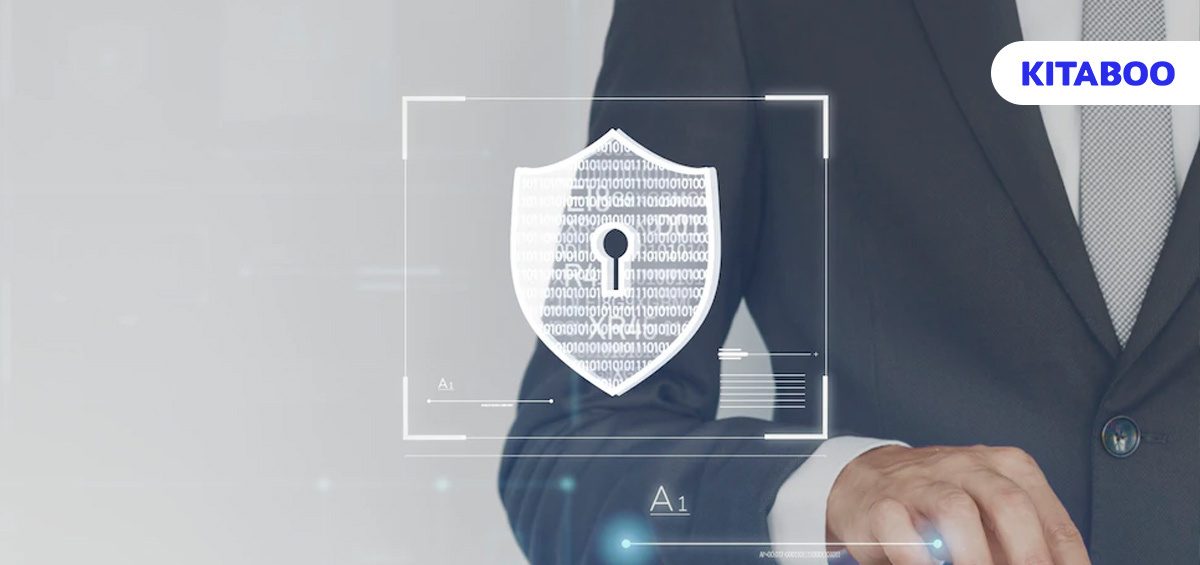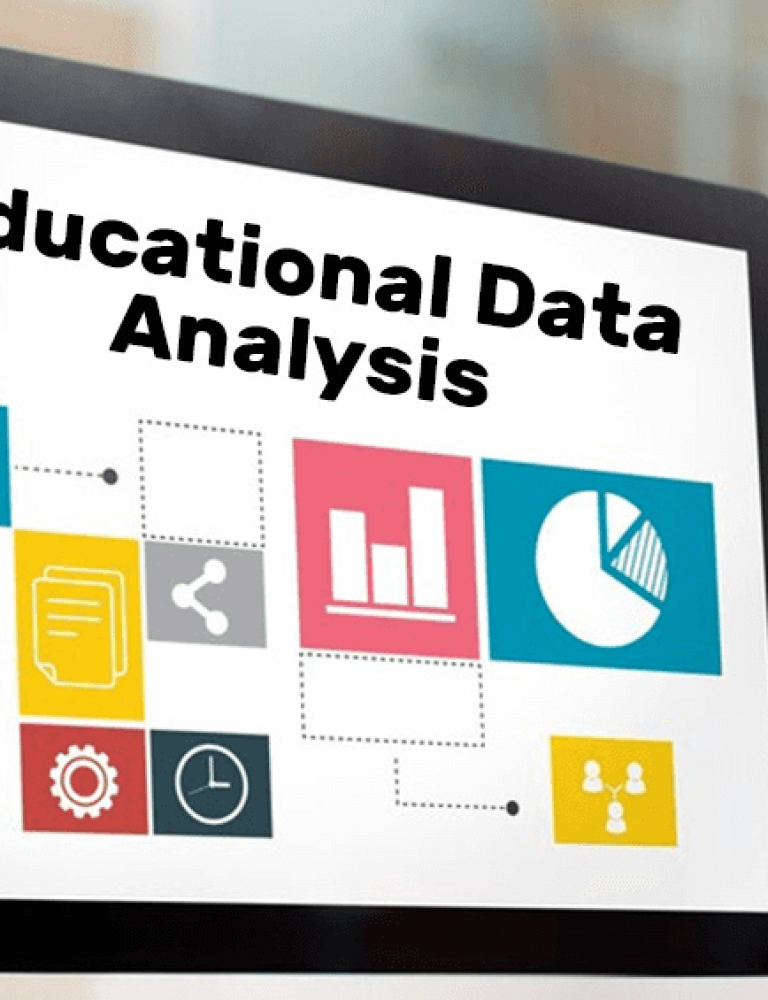Over the last five years, educational publishing has seen a major shift to the digital medium. Learning no longer happens only via physical classrooms and physical textbooks. Today, a growing number of consumers want to learn via their mobile phones.
The arrival of the virtual school is seeing K12 students engaging with teachers and peers in virtual classrooms. Corporations are also investing in digital upskilling programs where teams have access to on-demand learning resources at any time of the day.
Learners have access to courses that bring together elements like gamification, personalized and adaptive learning, live simulated experiences, interactive eBooks, and interactive assessments to make the experience highly engaging. The worldwide digital education is estimated to grow quickly from a market size of $ 19.4 billion in 2023 to $ 66.7 billion by 2028.
But like all businesses that are going digital, educational publishers, too, need to make smart investments in data security to help safeguard their content and stay sustainable in the face of massive competition. Let’s understand how publishers can prioritize data security as part of their business culture.
Table of contents:
I. Growing Relevance Of Data Security
II. Ensuring Data Security For Digital Education Products
- Focus On Digital Rights Management
- Leverage User Authentication
- Watermark Documents
- Register eTextbooks
III. Benefits Of Data Security Tools
IV. The Conclusion
Growing Relevance Of Data Security
Educational publishers spend immense effort and financial resources on the content development process. Their educational products – ranging from apps and courses to etextbooks, constitute the business’ intellectual property.
Yet, businesses may not reap the full benefits of their efforts due to practices such as content piracy and unauthorized access to created content. For instance, if an interactive eBook is accessed by unauthorized users, then this trend eats into a company’s revenues.
This is where data security and the robust protection of copyrighted content play an important role in helping educational publishers stay relevant and profitable.
Ensuring Data Security For Digital Education Products
Today, technology is helping educational publishers strengthen their data security framework and protect content in several ways.
Focus On Digital Rights Management
One of the revolutionary technologies that offers publishers control over who accesses their content is the Digital Rights Management (DRM) software. The DRM functionality enables publishers to automate access to their content only to authorized users.
They may be users who have paid for a subscription or who may be registered and have free access. Such content can be viewed and viewed. However, there is no scope to download or print it. Digital publishing platforms such as KITABOO, for instance, come with a DRM feature that enables publishers to create, publish, and distribute content to authorized users.
Digital documents, web content, and eBooks can be accessed only with a proper access key. Hence, the scope for data misuse, theft, and leakage is reduced.
Leverage User Authentication
Publishers can make it mandatory for users of their content – learners, teachers, administrators – to fill in valid credentials when accessing content. For instance, they must fill in username, password, and access codes and answer security questions when accessing content. This kind of authentication ensures that users value the content and that unauthorized users cannot gain access.
Watermark Documents
This practical step enables businesses to ensure one layer of data security by making sure all content documents feature a watermark of the company logo. This practice ensures that anyone accessing the content is aware that it is created and published by the respective content publisher.
Register eTextbooks
Publishers can consider registering e-textbooks and interactive eBooks and also publishing an official copyright notice to ensure that it is not easily plagiarized, or copied. These steps enable publishers to take legal action in case there is any activity that jeopardizes the copywriting of the book.
Internally Track Documents
Sometimes, data breaches can be tracked as internal leaks. To prevent such incidents, publishers can leverage software, which enables companies to track the document movement within the organization. For instance, if an authorized user, say an employee, tries to read, download, or print a document, these activities can be automatically tracked.
Such interventions create primary barriers and can help prevent internal leaks of upcoming products. Companies must also provide internal authorization to trusted employees and put more protective protocols in place when offering access to consultants and part-timers.
Benefits of Data Security Tools
Let’s understand the top benefits of bolstering data security across the entire publishing data workflow.
Protects Revenues
Leveraging DRM software can help businesses protect revenues by only providing access to authorized users who have paid for an educational product. Consumers can pay to purchase a product for a lifetime or subscribe for a limited period based on their needs. On the other hand, companies have the freedom to also offer free access to authorized users, when this approach is a part of their business strategy.
Prevents Intellectual Property Theft
Educational content developed by publishers is the prime intellectual property of the business. Hence, they must invest in technology that helps prevent intellectual property theft, piracy, and duplication of content. Building a strong data culture security discourages employees, users, and other parties from attempting to plagiarize content.
Raises Publishing ROI
Leveraging multiple data security measures can create robust protection for businesses, keeping their data safe, secure, and uncompromised. Compromised data can lead to delayed production cycles and doubled efforts to bring new products to market. By boosting investments in data security, businesses can derive a higher ROI from their content production efforts and build a sustainable, long-term business.
Conclusion
As K12 educational publishers make data security an important growth pillar, they will be able to reap the benefits in the long term and stay competitive and profitable.
By partnering with a technology specialist with strong data security expertise, educational publishers can run content development operations smoothly. They can be in a position to reduce the risks of piracy, data breaches, and revenue leaks.
If your company aspires to create, publish, and distribute digital content without compromising on data security, KITABOO is geared toward the right tech solutions to support your content development mission. Leverage our cloud-based digital publishing platform, which is available as a licensed version (one-time buy) as well as a subscription model.
Get in touch with us to start a conversation.
Discover How An Ebook Conversion, Publishing & Distribution Platform Can Help You
Kitaboo is a cloud-based content platform to create-publish & securely distribute interactive mobile-ready ebooks.
You May Also Like








